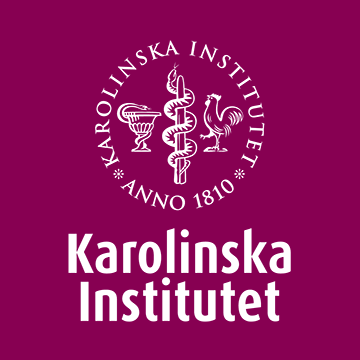Gap State High School students will be giving their new three-story STEM and robotics building a workout when they take part, for the first time, in a Queensland Minerals and Energy Academy (QMEA) event today.
The school is one of the latest to join the QMEA, which includes 75 schools throughout the state. “We are really looking forward to being part of the Academy, which will complement the plans we have for our students and our new STEM facility,” said Principal Anne McLauchlan.
“STEM education is so important as it’s a gateway to so many careers, and we are looking forward to the interaction with people from the resources sector who will bring real-world context to their learning,” she said.
Innovation Minister and Member for Cooper Kate Jones said this initiative could help to open up doors for students who want to work in STEM-related industries.
“Science, technology, maths and engineering – these subjects are crucial to the jobs of the future,” she said.
“I’m so proud to have been the Education Minister when we rolled out the digital curriculum – including coding and robotics – to all state schools. IT, mining, agriculture and manufacturing are important growth industries here in Queensland.
“It’s important that we’re teaching our kids the skills they need to work in these areas.”
In the activity, the year 10 students will explore the life cycle of a mine from exploration to mineral processing and mine rehabilitation.
They’ll also have the opportunity to talk to resource sector people about their careers. Students from Everton Park State High School will also take part. The QMEA is a partnership between the Queensland Resources Council (QRC) and the Queensland Government under its Gateway to Industry Schools program.
QRC is the peak representative body for Queensland ‘s resource sector. The Queensland resources sector provides one in every five dollars in the Queensland economy, sustains one in seven Queensland jobs, supports more than 14,400 businesses and almost 1400 community organisations across the state, all from 0.1 percent of Queensland’s land mass.








